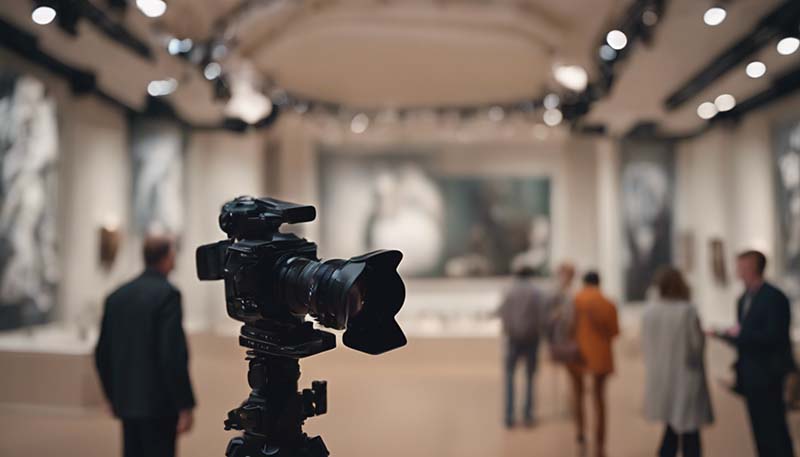The Role of Museums in Cultural Education
---
**Title:** The Role of Museums in Cultural Education
**Introduction:**
In an era where digital technology has become an integral part of our lives, the role of museums in cultural education has evolved significantly. Museums are no longer just repositories of artifacts and art; they have transformed into dynamic platforms for learning, engagement, and cultural exchange. This article delves into the multifaceted roles that museums play in fostering cultural education, from preserving history to inspiring creativity and understanding.
**Outline:**
1. **Introduction to Museums as Educational Institutions**
- Brief history of museums
- The evolution of museums in society
2. **The Preservation of Cultural Heritage**
- The importance of preserving artifacts and historical objects
- How museums act as custodians of cultural heritage
3. **Educational Programs and Initiatives**
- School programs and workshops
- Public lectures and educational events
- Special exhibitions and interactive displays
4. **Museums as Research Centers**
Advertisement
- The role of museums in academic research
- Collaboration with universities and research institutions
5. **Community Engagement and Outreach**
- Local community involvement
- Outreach programs to diverse audiences
- Museums as social spaces
6. **The Role of Technology in Museum Education**
- Virtual exhibitions and digital collections
- Educational apps and interactive digital experiences
- The use of technology to enhance accessibility
7. **Museums and Identity Formation**
- How museums contribute to national and local identities
- Exhibiting underrepresented cultures and histories
8. **Challenges and Opportunities**
- Funding and sustainability issues
- The impact of COVID-19 on museum operations
- Future trends and the role of museums in a globalized world
9. **Case Studies**
- Examples of successful museum educational programs
- Innovative approaches to cultural education in museums
10. **Conclusion**
- The significance of museums in a culturally diverse and interconnected world
- The future of museums in cultural education
**Sample Introduction:**
Museums have long been the silent narrators of our collective past, offering a window into the rich tapestry of human culture and history. As institutions dedicated to the preservation and exhibition of objects of historical, cultural, or scientific importance, museums play a pivotal role in cultural education. They are not just places where artifacts are stored; they are vibrant centers for learning, dialogue, and inspiration. In today's globalized society, where understanding and appreciating diverse cultures is more important than ever, museums serve as essential conduits for cultural literacy and education.
---
To expand upon this introduction and outline, you would develop each section with detailed explanations, examples, and perhaps interviews with museum professionals. You might also include case studies of specific museums that have made significant contributions to cultural education, as well as discuss the challenges and opportunities that museums face in the modern era.
Remember to cite your sources and provide a bibliography for any research or quotes used in your article. Good luck with your writing!

Comments